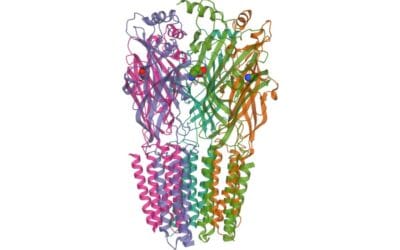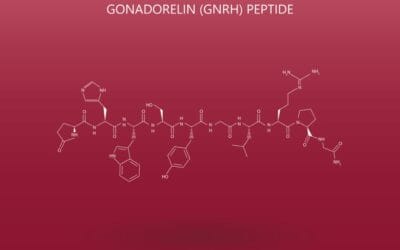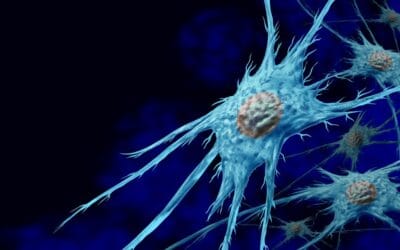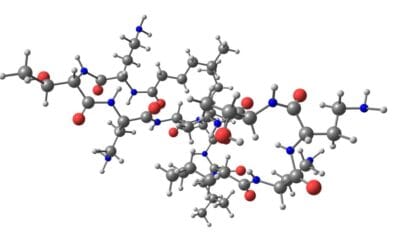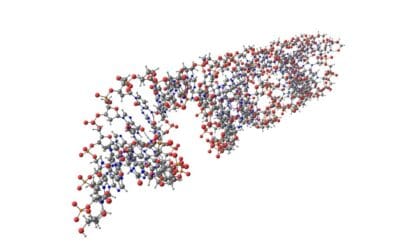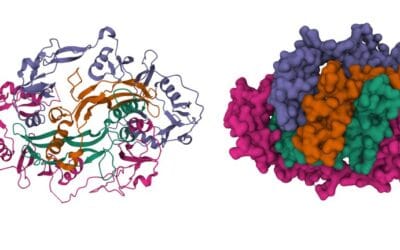Palmitoyl Tripeptide-1: Potential Regenerative and Protective Actions on Skin Cells
Palmitoyl Tripeptide-1 appears to be a small Gly-His-Lys (GHK) peptide with a palmitic acid attachment to its N-terminus. The tripeptide sequence itself is posited to interact with fibroblast receptors and bind copper ions, potentially triggering matrix‐repair...
AOD9604 Potential for Fat Cell Breakdown in Adipocytes
AOD9604 is a 16-amino-acid peptide that comprises the C-terminal amino acid sequence (176–191) of human growth hormone (hGH). A tyrosine residue replaces the endogenous N-terminal alanine to facilitate receptor engagement.(1) Research has posited that this fragment...
T-34 tripeptide (Chonluten) Actions on Oxidative Stress and Inflammation
T-34 tripeptide is often referred to by its trade name, Chonluten. Peptide T-34 is a small tripeptide composed of the amino acids glutamic acid (Glu), aspartic acid (Asp), and glycine (Gly)—abbreviated EDG. First described by Khavinson et al., T-34 belongs to a...
Tripeptide-1 (GHK Basic) Actions on Skin Cells and Underlying Connective Tissues
Tripeptide-1 is hypothesized to be a short-chain peptide composed of the amino acids glycine, histidine, and lysine, arranged in the sequence GHK. Scientists pioneering research on Tripeptide-1, such as Pickart et al., suggest that this peptide motif appears to...
Gonadorelin’s Potential Interactions With The Hypothalamic-Pituitary-Gonadal Axis
Gonadorelin is a synthetic analogue that may potentially mimic the endogenously occurring gonadotropin-releasing hormone (GnRH). Also referred to as growth hormone-releasing factor (GHRF), somatocrinin, or somatoliberin, Gonadorelin is believed to share an identical...
Lipopeptide (Biopeptide EL) Actions on Fibroblasts & Melanocytes
Lipopeptide (sometimes referred to as Biopeptide EL) is a blend that typically contains Glyceryl Polymethacrylate, PEG-8, and Palmitoyl Hexapeptide-12 (Pal-VGVAPG). While PEG-8 and Glyceryl Polymethacrylate have primarily the actions of fillers, Pal-VGVAPG is a...
Frag 176-191 & Mod GRF 1-29 & Ipamorelin Blend Actions on Adipose Cells
Frag 176-191, Mod GRF 1-29, and Ipamorelin are peptides that researchers believe may impact the metabolism of fat cells through several different mechanisms. For example, Fragment 176-191 is typically characterized as a synthetic peptide derived from the C-terminal...
GHK Basic Potential on Oxidative Damage Mitigation and Recovery
Researchers think of GHK Basic as a small peptide made up of three amino acids—glycine, histidine, and lysine. Together, these form a tripeptide sequence that mimics the molecular structure of forms endogenously detected in biological samples. Samples of this type may...
Anabolic and Proliferative Potential of FST-344
FST-344 is a recombinant form of an endogenous glycoprotein that exists in two major isoforms generated by alternative mRNA splicing: FST-317 and FST-344, containing 288 and 315 amino acids after signal‐peptide cleavage, respectively.(1) Both isoforms share a core of...


